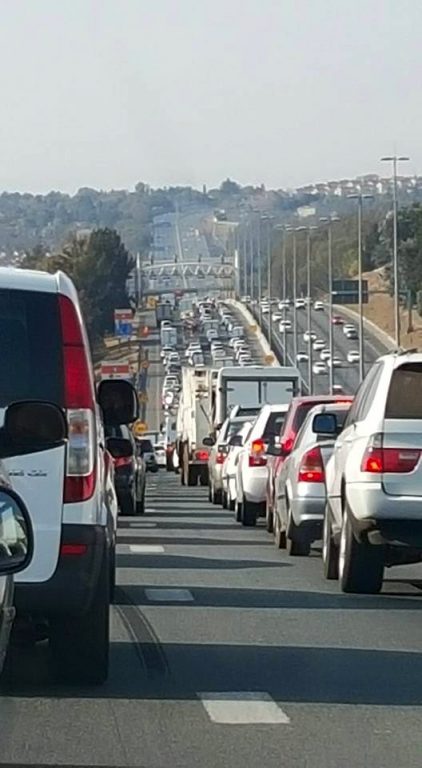The world is becoming a congested and stressful place. And this leads to an increased number of traffic accidents. Every day more cars and other vehicles are added to our roads, which creates a problem when getting to work, school, and social events. It’s an issue that is not easily solvable due to many structural problems. There are, however, a few ways to reduce the amount of traffic and plan ahead.
Moving away from traditional city layouts
One of the largest problems in cities, or at least how humans tend to create them, is the layout and placement of different areas. Traditionally, the centre of a town or city is dedicated to the development of business districts with outer areas serving as residential zones. Because of this mentality, business ventures tend to not grow horizontally, but vertically in high-rises and office complexes. Businesses clamour for space in these finite zones with staff living outside of the area. This adds more staff members to companies for expansion. While this is fine for residential zones that normally have ample space to grow, the inner areas cannot.
The growth issue is compounded by the limited space for transport infrastructures, such as roads and railway lines that can be built. For example, Cape Town has a traffic problem when entering the city on the N1 from the northern areas. In the morning, you can sit for up to two hours in order to travel a distance of 20 kilometres in peak traffic. This number increases year-on-year thanks to the population increase.
When planning new cities and towns, governments need to look at how these centres will develop and plan them in a way that is scalable for all aspects of transport.
Start a carpooling club
A more practical way to cut down on the amount of traffic and greenhouse emissions – before everyone can afford an electric car – is to carpool. This method has been popular in the US where dedicated highway lanes have been created in order to accommodate the initiative.
The carpooling system is simplistic. You and a few co-workers or people in the same business area share a car when driving to work. This can eliminate around four cars on the road and reduces the amount of petrol that each person pays. If more people in South Africa adopted this methodology, it would make traffic a simple issue. It does come with its own problems, such as all occupants having to live in the same area to make it a viable option.
Public transport
This option isn’t available in every city, and if you live somewhere like Cape Town, you cannot take public transport to everywhere you’d want to go. But if you do have public transport, you really should try to use it instead of hopping in your new second hand Ford.
These methods of transportation – normally consisting of buses or trains – are a fantastic way to get from point A to point B without having to drive. Not to mention they cost a fraction of the price of a tank of petrol.
Working from home
Another method to reducing the traffic problem, though one that has a long way to go, is allowing employees to work from home. Let’s face it, not each and every job requires an employee to have a seat in front of you in order to do their job. There are, however, jobs, that do require people to be ‘in-house’, such as bank tellers, waiters, and more.
When it comes to creative-type and data capturing jobs, there is no reason these individuals need to have a bum in a seat. In today’s modern world, many companies employ staff from all over the world and keep in contact via a range of online programmes. Systems such as Trello and Slack are able to connect staff that are not in the same office. By allowing members to work off-site, they can be more productive. And if you don’t trust your staff enough to do their work at home, why did you hire them in the first place?
Working from home, of course, has its own downsides. For one, each of the staff members will need to have a decent internet connection. While mobile data is spurring a business revolution, it is also expensive, while fibre and ADSL aren’t available in all areas. Each staff member should also have a decent computer to work with, a mobile phone, and a webcam for meetings. These costs can be expensive initially but could save you on having to rent expensive office space.
There are a number of ways to reduce congestion on our roads, but not all of them are simple. It is an issue that may never be fully resolved.
Safe Driving in Heavy Traffic https://t.co/DaB8tDb0JV #ArriveAlive pic.twitter.com/PaYjheDx2b
— Arrive Alive (@_ArriveAlive) September 7, 2017
